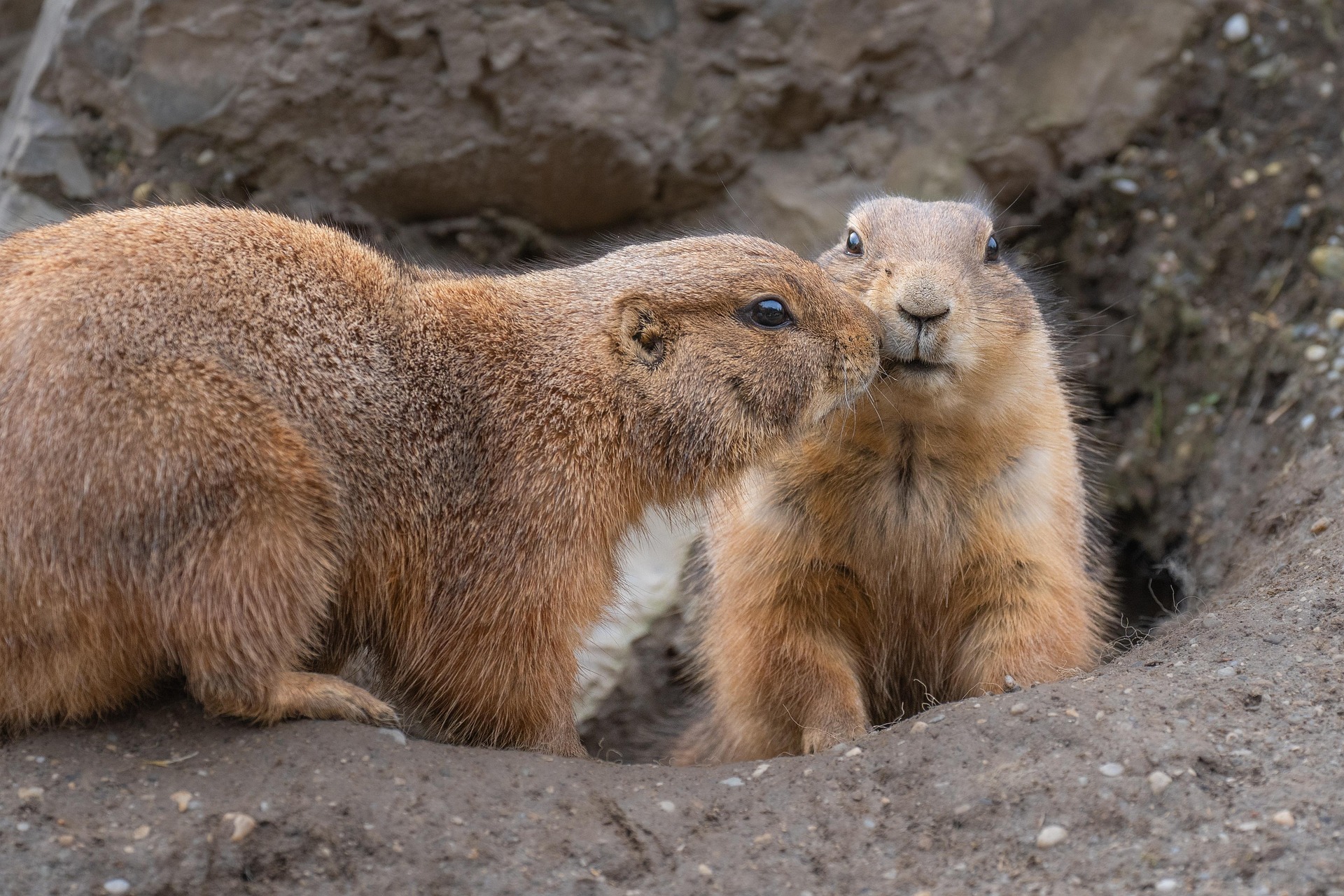Decoding the Unique Behavior of Prairie Dogs
Unravel the world of Prairie Dogs, social rodents that have a captivating society and behavior. Learn about their unusual communication style, social structure and their impact on North America's grassland ecosystem.

The Intriguing World of Prairie Dogs
Prairie dogs (Genus Cynomys) are burrowing rodents native to the grasslands of North America. There are five species of prairie dogs: black-tailed, white-tailed, Gunnison’s, Mexican, and Utah. Named for their habitat and the warning call sounds they make, these charming critters are not dogs but belong to the squirrel family.
They have complex social structures and exhibits unusual behaviors that have attracted the interest of scientists and animal lovers. Let’s dive deep into understanding these fascinating creatures.
A Look Back: Historical Context of Prairie Dogs
Historically, prairie dogs were found across the North American grasslands, from Canada to Mexico. They thrived in massive colonies, with one in Texas once recorded to cover 25,000 square miles and housed around 400 million individuals.
Prairie dogs have had a significant historical impact on the grassland ecosystem. They are considered a keystone species. Their burrowing behavior contributes to soil aeration, promoting plant growth. Moreover, their towns serve as a habitat for numerous other animals, creating a vibrant biodiversity.
Current Scenario: The Decline and Conservation Efforts
Over the past 100 years, the prairie dog population has dropped dramatically due to habitat loss, extermination programs, and diseases like the bubonic plague. The Mexican prairie dog is now classified as endangered, while the others are classified as least concern but their population is decreasing.
Conservation efforts are being made to save these essential creatures and their habitats. Reintroduction programs and plague management efforts are some strategies being employed for their conservation.
Prairie Dogs in the Pet Trade: An Overview
Prairie dogs have also made their way into the pet trade. Their friendly nature and adorable appearance make them popular choices. However, owning a prairie dog can be challenging due to their complex social needs and dietary requirements.
Owning a prairie dog can cost anywhere from $100 to $200, not including the costs for housing, food, and veterinary care. The pet trade’s impact on wild populations is a matter of concern for conservationists, as illegal wild capture can negatively impact their population.
Deciphering Prairie Dog Behavior: What Does the Science Say?
Prairie dogs have a unique communication system. They use a variety of calls, including a “jump-yip” display, to communicate danger, territorial boundaries, and reproductive readiness. Scientists have found that their calls can even differentiate between different types of predators.
They also display complex social behavior. They live in family groups called “coteries,” which consist of an adult male, one to four adult females, and their offspring. These groups form larger colonies or “towns.”
In conclusion, prairie dogs are fascinating creatures that play a vital role in maintaining the biodiversity of the grasslands. Understanding their behavior and importance can foster a greater appreciation for these small yet significant creatures.
As we move forward, it is crucial that we continue to support conservation efforts to protect these unique rodents and the ecosystems they inhabit. Their decline should serve as a reminder of the delicate balance of our planet’s ecosystems and the importance of every organism within it.




